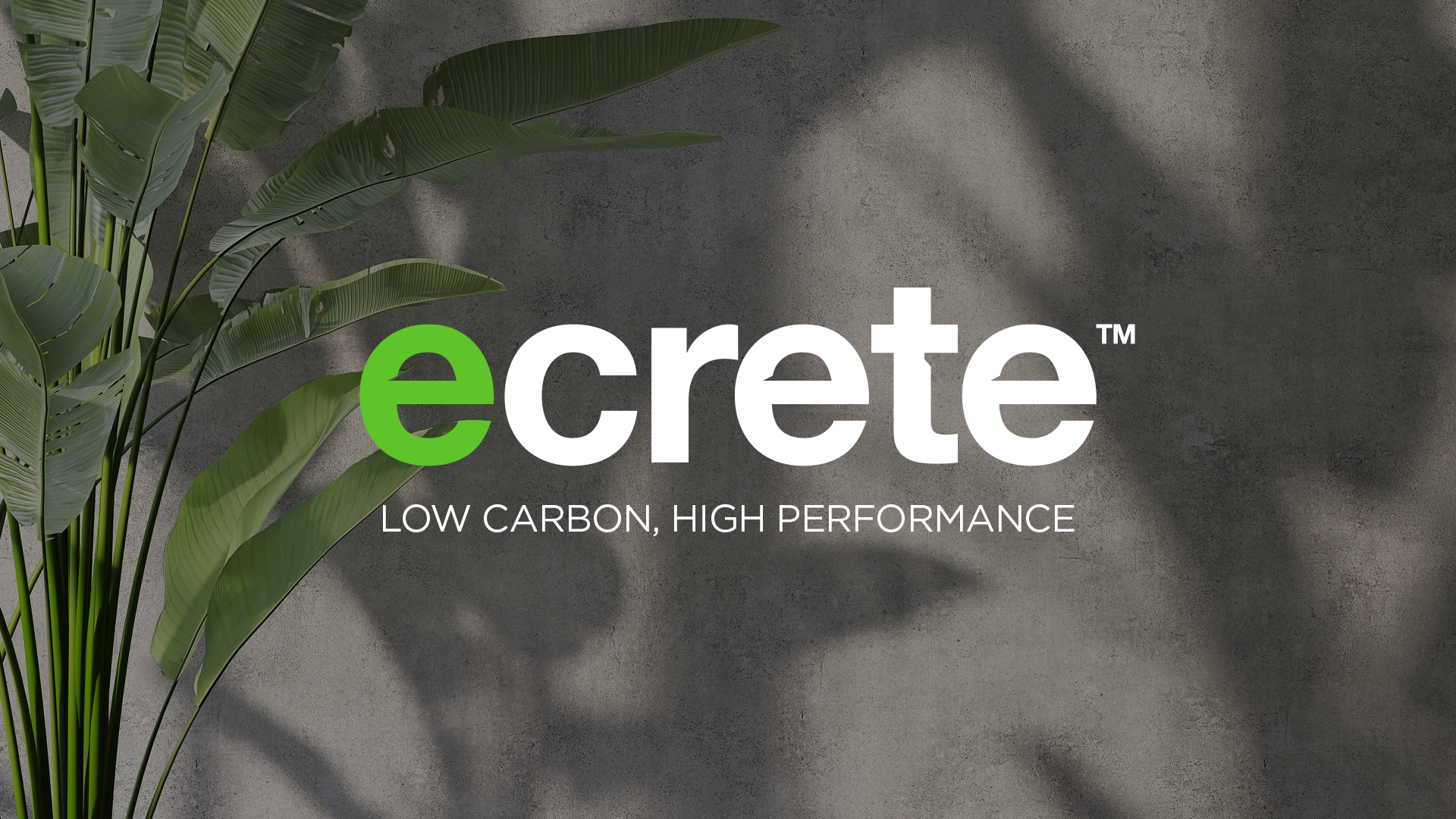
By Product Categories
- All Products
- For Commercial
- For Residential
- For Infrastructure
All Products
For Commercial
For Residential
For Infrastructure
Need an EPD for Your Project?
Our EPD On-Demand service makes it easy to request a third-party verified Environmental Product Declaration tailored to your specific project requirements.


Download Your Chosen Document
"*" indicates required fields
ACL Web Agent
